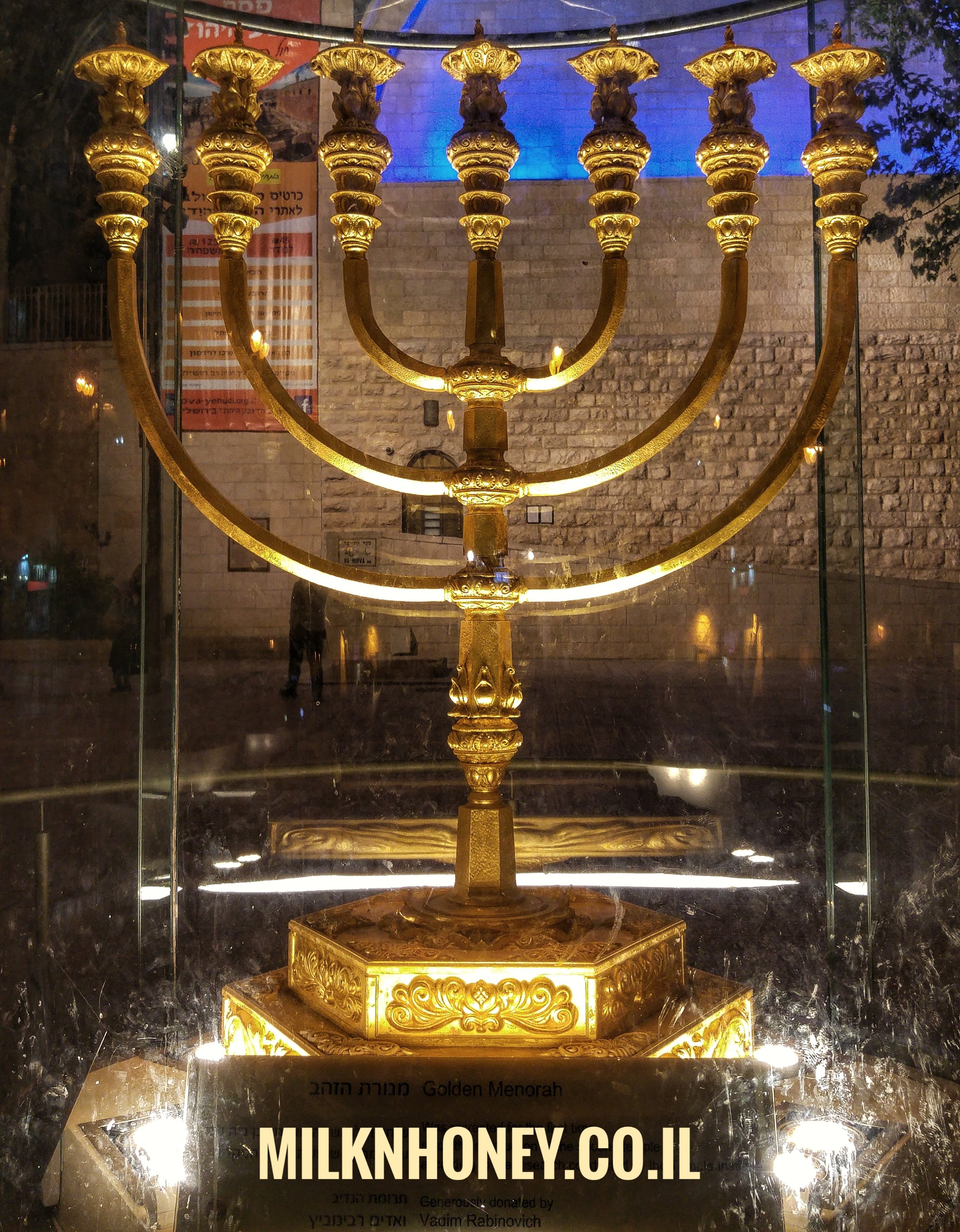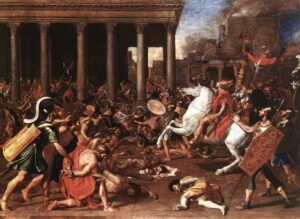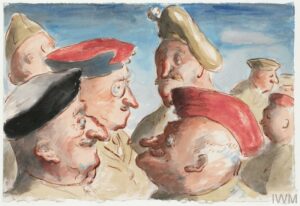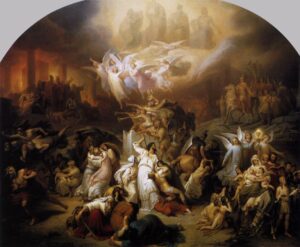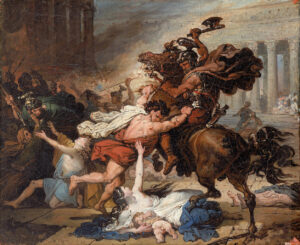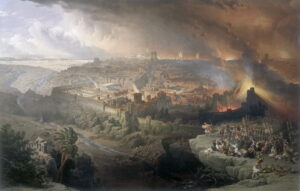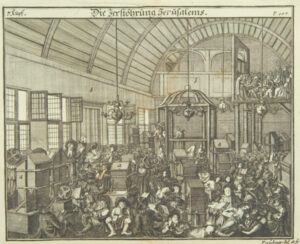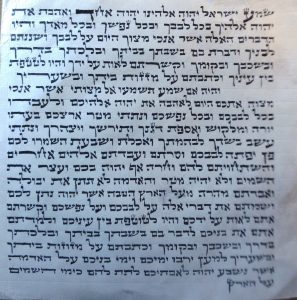This Purim (2025) coincides with Pi Day (March 14), the celebration of the circle constant 3.14159…, creating harmony between the triangle and the circle.
Purim’s triangular symbolism appears throughout:
– Three-day fast Esther requested before approaching the king
– Three-day Purim Meshulash (Triple Purim) observed in 2025 when the 15th of Adar falls on Shabbat
– Triangular hamantaschen cookies representing Haman’s hat
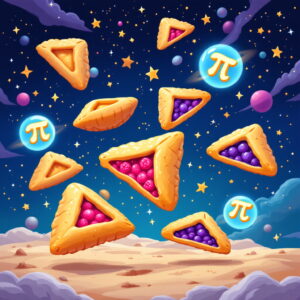
Purim itself embodies circular symbolism through Kabbalah’s concept of Or Makif (Encompassing Light). The Ari zal ( Etz Chaim, Sha’ar 5) describes “Or Makif” Surrounding light as perfectly equidistant from center—a defining property of circles. This infinite circular symmetry contains the paradoxically asymmetrical, never-repeating Pi—mirroring how Purim’s seemingly random events reveal divine order.
The mathematical relationship is elegant: a triangle inscribed in a circle has angles precisely half of the central angles subtending the same arcs. The Star of David—two overlapping triangles—can be perfectly inscribed in a circle. So you can lay 2 hamentashen on a round cookie for your Mishloach Manot.
Judaism includes these mathematical concepts in our Rabbinc sources:
– Biblical circular measurements (Malachim 1 7:23)
– Mishanaic Pi approximations, they say only 3 and three and one seventh without all of the divisions (Eruvin 1-5)
– **Maimonides’ commentary on the Misha gives us profound insight on Pi’s nature ( Mishnah Eruvin 1:5) “The ratio of a circle’s diameter to its circumference is unknown and can never be exactly determined. This is not due to a deficiency in our knowledge , as the ignorant might think, (since the Mishna he comments on say “3” not 3.14….) but because (pi) by its very nature, it is unknowable and there is no way it can be known.” Rambam understood Pi’s transcendental and infinite nature centuries before modern mathematics formally proved that the number goes on and on. While recognizing that approximations like “three and one-seventh” (3.142…) were useful, the true value remains fundamentally beyond precise expression.
Maimonides further illuminates the practical approach to this mathematical mystery, explaining that while the exact ratio cannot be known, the sages adopted workable approximations for halachic purposes that discussed real circles: “Because this cannot be achieved entirely accurately but only approximately, They (Our Rabbis of Blessed memory) adopted an approixmatefigure in their calculations (like kids for their math test) and said that anything with a circumference of three handbreadths has a width of one handbreadth, they were satisfied (with this vague number 3) in all the measurements required throughout the Torah.” This pragmatic approach reflects Judaism’s balance between philosophical and logical perfection and practical application (since they needed to give. A quick formula for the discussion about circles.
Additionally, Pi (π) represents the eternal relationship between a circle’s circumference and diameter. An interesting addition to this is that hashem’s name “Shadai” (שַׁדַי) has a gematria of exactly 314 (ש=300, ד=4, י=10), mirroring Pi’s first three digits (3.14).
Just as Purim reveals how seemingly random events contain hidden patterns of divine providence, Pi continues infinitely without repeating. Shadai (שַׁדַי), an acronym for “Guardian of the Doors of Israel,” reflects the protective divine presence hidden yet active throughout the Purim story. This infinite circle reference is in the name שדי – שאמר לעולם די when he created the Universe he said “enough!” when it was finally created.
As we celebrate both holidays simultaneously, we appreciate how triangles and circles—finite and infinite, straight and curved—unite in perfect geometric harmony through the divine numerical signature of 314, while acknowledging with Rambam’s wisdom that some mathematical truths, like God’s complete essence, remain beyond full human comprehension yet can be meaningfully approximated through dedicated study.
